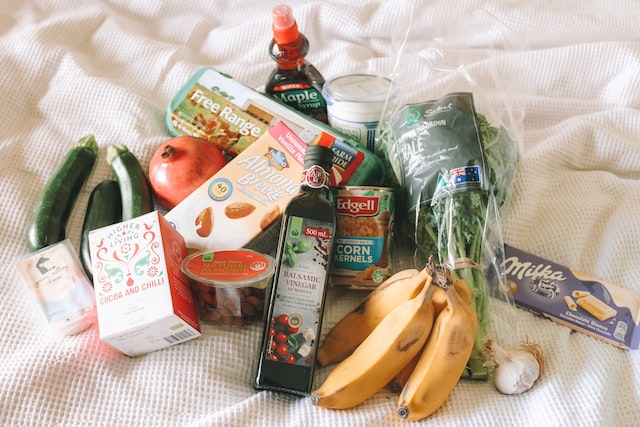Online Grocery Sales Flat

The U.S. digital grocery market ended March with monthly sales totaling $8.0 billion, holding steady compared to a year ago, according to the recent Brick Meets Click/Mercatus Grocery Shopper Survey fielded March 29-30, 2024.
Online grocery sales remain more than 20 percent higher than at the onset of the pandemic four years ago, but the report found that market dynamics have changed relative to contribution and growth.
“While most people recognized that the pandemic was a catalyst for buying groceries online, few could fully anticipate the implications of that surge,” said David Bishop, partner at Brick Meets Click, in a statement. “Now, four years after COVID-19 first impacted our everyday lives, eGrocery in the U.S. looks very different from both a contribution and growth perspective, and this will impact how grocers and others expand and drive profitability in their respective businesses moving forward.”
Key findings from the report include:
• Pickup and delivery share has grown at the expense of ship-to-home: pickup, which accounted for less than one-third of online grocery sales in 2019, shot up to the top spot when the pandemic started and it has stayed there ever since, now accounting for 43.2 percent of sales; delivery and ship-to-home, however, exhibited downward trends during that period.
• The online grocery customer pool size has become well-defined, future growth will likely be gradual: while the overall online grocery monthly active user (MAU) base as a share of total households more than doubled at the start of the pandemic, finishing March 2020 at 57.5 percent, the share of MAUs since then has generally remained in the 50 percent range.
• Most U.S. households indicate a strong preference for how they receive their online grocery orders: the share of MAUs that used only one method during the past 30 days has grown 3.4 percentage points to 71.7 percent from March 2020 to 2024.
• Competition online for active customers has gotten more intense: Before the pandemic, only 15 percent of the customers who bought online from grocery (supermarkets and hard discounters) also completed an online grocery order from a mass retailer during the same month; on the other hand, now cross-shopping rates have hit nearly 27 percent.
